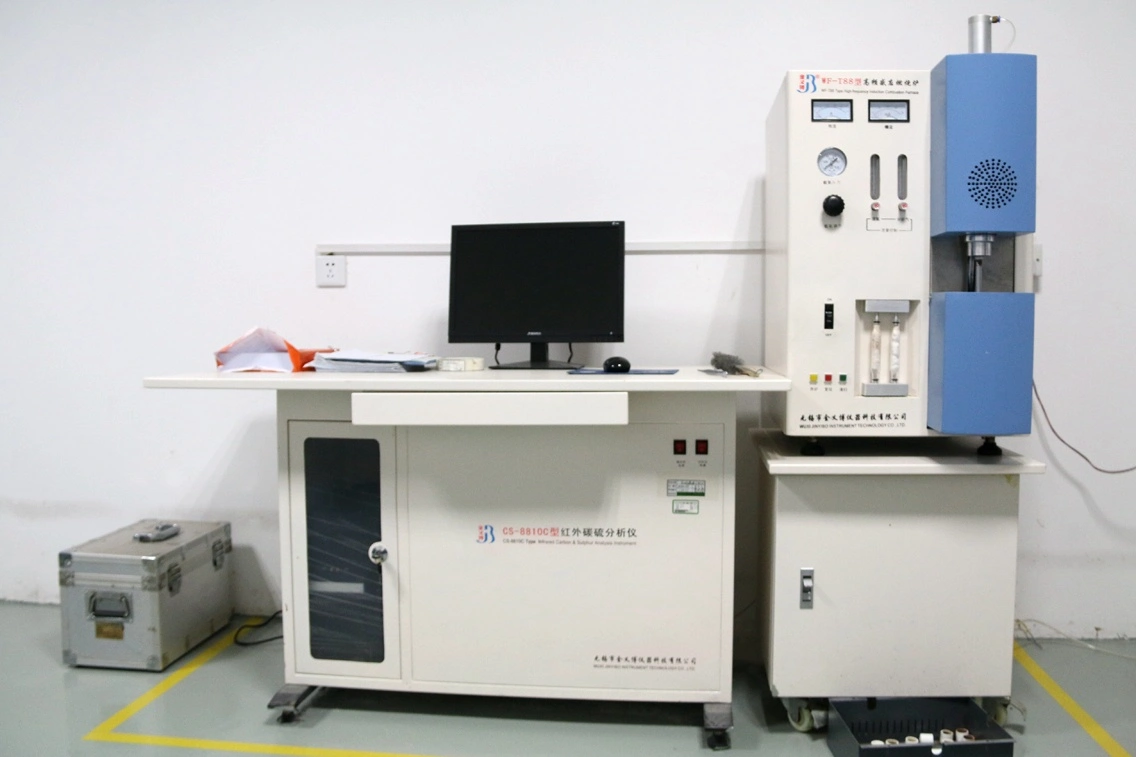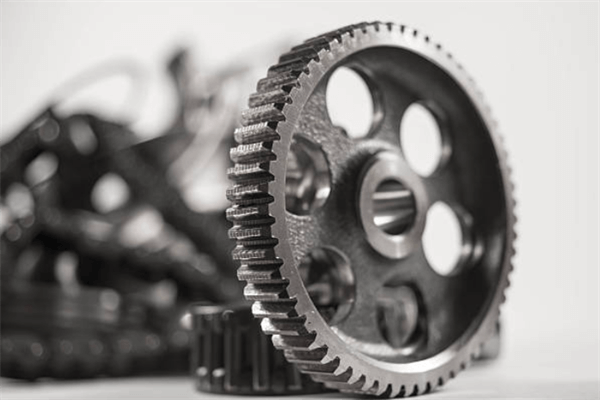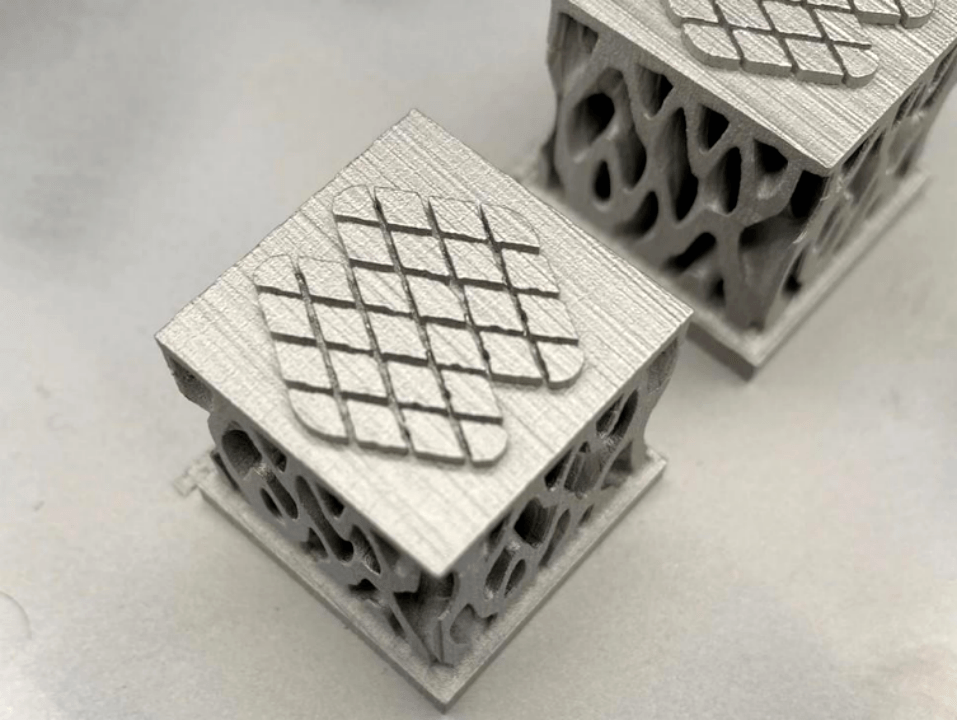What 3D printing technologies are most suitable for carbon steel?
What 3D Printing Technologies Are Most Suitable for Carbon Steel?
1. Directed Energy Deposition (DED)
Directed Energy Deposition (DED) is one of the most suitable technologies for carbon steel 3D printing. It uses a focused energy source (laser or electron beam) to melt metal powder or wire as it is deposited onto a substrate.
Advantages:
Ideal for large parts, repair, and part augmentation
Supports materials like Tool Steel H13, AISI 4130, and M2
Effective for hybrid manufacturing and mold/tool repair applications
Applications: Tooling, heavy machinery, aerospace brackets, mold repair, and die overlays
2. Powder Bed Fusion (PBF)
Powder Bed Fusion is a high-resolution laser-based process that fully melts carbon steel powder to create near-net-shape, high-density parts.
Advantages:
Excellent dimensional accuracy and surface finish
Suitable for fine-detail tooling inserts, custom jigs, and end-use components
Compatible with carbon steels like D2, Tool Steel MS1, and 1.2709
Applications: Stamping dies, cutting tools, conformal cooling mold inserts, precision mechanical parts
3. Binder Jetting
Binder Jetting prints green parts from carbon steel powder using a binder, followed by debinding and sintering to achieve full density.
Advantages:
High throughput and scalability for small to medium parts
No thermal stress during printing
Suitable for components with moderate mechanical load requirements
Materials: AISI 4140, D2, and other carbon/tool steels
Applications: Automotive brackets, tooling inserts, jigs, fixtures, and batch production parts
4. Hybrid Additive-Subtractive Systems
Hybrid manufacturing systems combine additive methods (typically DED) with integrated CNC machining, enabling production of high-precision carbon steel components.
Advantages:
Produces high-quality surfaces and tolerance-critical features
Efficient for part repair and modification
Use Cases: Repair of worn tooling, aerospace supports, precision shafts
Recommended Services for Carbon Steel Printing
Neway supports advanced carbon steel 3D printing across various platforms:
Carbon Steel 3D Printing: Including Tool Steel H13, D2, M2, 4130, 4140, and 1.2709
Directed Energy Deposition (DED): For large parts and repairs
Heat Treatment and HIP: For stress relief, porosity elimination, and hardness enhancement
CNC Machining: For high-precision finishing of tool steels



